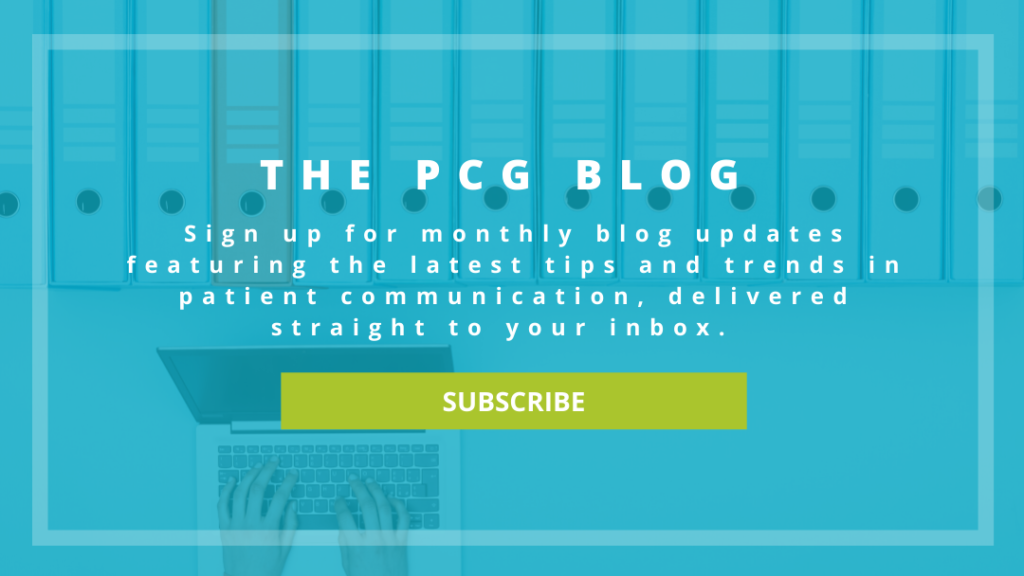Today’s healthcare consumers are increasingly tech savvy and expect their physician-patient communication to follow suit. Healthcare practices across the country are stepping up to meet patient demand by implementing digital patient-provider communication tools such as patient portals, texting, emails, and phone calls. These digital changes are not only pleasing patients, they are helping reduce risk, increasing efficiency, reducing provider burn out, and improving patient safety.
You Can Offer your Patients More Convenient Care Options
Patients are responsible for more of their out-of-pocket healthcare costs and they have more healthcare options than ever before. This means they are looking for the most convenient and affordable care options available. Patients appreciate the ability to contact their health provider digitally when they encounter a health issue they have had before, like a urinary tract infection or a chronic condition. Communicating electronically enables patients to get the treatment they need without coming into the office. Offering electronic communication options to your patients frees up time and resources for both your patients and your practice.
It Improves Patient Satisfaction and Retention
Recent research by Regenstrief Institute found that as patient-provider communication evolves, the most important thing to do is to talk to your patients about how they prefer to communicate. For those who enjoy communicating electronically, offering a text or email communication alternative makes major strides toward developing a more lasting relationship with your patient.
The research also found that “Ineffective or insufficient communication has been shown in previous studies to diminish patient satisfaction as well as adherence to physician orders” says Joy L. Lee, PhD of the Regenstrief Institute Center for Health Services Research. It’s no surprise that those physicians having conversations through multiple channels are showing strong patient satisfaction ratings.
It Positively Impacts Patient Safety
Electronic outlets such as patient portals for messaging or secure email to receive medical questions are regarded as more secure than other modes of communication due to their encrypted data and user logins required for access to information. Additionally, these electronic records of communication help serve as a reference to patients who may have otherwise forgotten important details about follow-up care plans or other medical advice.
Keep in mind, these electronic systems should serve as a supplement, not a reference in an emergency. To maintain safety in medical ethics, physicians should uphold their usual standards of confidentiality even while using an electronic process.
Takeaway
As more practices incorporate electronic patient communication, they realize strong added benefits in convenience and satisfaction while still upholding quality in care. Providers who want to realize all the benefits of electronic communication engage in conversations with patients about not just ailments, but also about how to engage with the latest electronic communication tools. Overall, communicating more with patients, both in-person and electronically will put your practice in a more competitive position as medical communication evolves. Stay ahead of patient demand by continuously communicating with them about their communication preferences.

